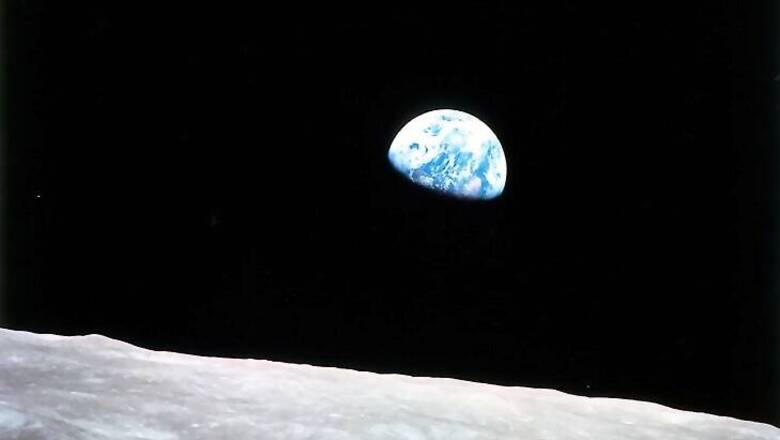
views
Shortly after tHe Earth formed and began to cool, the planet's first outer layer was a single, solid but deformable shell which later began to fold and crack more widely, giving rise to modern plate tectonics, suggests new research.
The research is the latest salvo in a long-standing debate in the geological research community: Did plate tectonics start right away -- a theory known as uniformitarianism, or did the Earth first go through a long phase with a solid shell covering the entire planet?
"Models for how the first continental crust formed generally fall into two groups: Those that invoke modern-style plate tectonics and those that do not," said study co-author Michael Brown, Professor at the University of Maryland in the US.
"Our research supports the latter -- a 'stagnant lid' forming the planet's outer shell early in Earth's history," Brown said.
Also read: Xiaomi Launches Xiaomi Mi 5C With In-House 'Surge S1' Processor
Today's Earth is a dynamic planet with an outer layer composed of giant plates that grind together, sliding past or dipping beneath one another, giving rise to earthquakes and volcanoes.
Others separate at undersea mountain ridges, where molten rock spreads out from the centres of major ocean basins.
The new research, published in the journal Nature, suggests that plate tectonics began later in the Earth's history.
Also read: Nokia 6, Nokia 5 Price and Specifications in Pictures
To reach these conclusions, Brown and his colleagues from Curtin University and the Geological Survey of Western Australia studied rocks collected from the East Pilbara Terrane, a large area of ancient granitic crust located in the state of Western Australia.
The area is known for having some of the oldest known rocks, ranging from 3.5 to about 2.5 billion years of age. The Earth is roughly 4.5 billion years old.
The researchers specifically selected granites with a chemical composition usually associated with volcanic arcs -- a telltale sign of plate tectonic activity.
Based on their analysis, the researchers concluded that the Earth probably began with a solid outer shell.
"We conclude that a multi-stage process produced Earth's first continents in a 'stagnant lid' scenario before plate tectonics began," Brown said.
Also read: Moto G5 First Look Video at MWC 2017: Great Design But Pricing Will be The Key Factor
(Follow MWC 2017 Full Coverage Here)

















Comments
0 comment